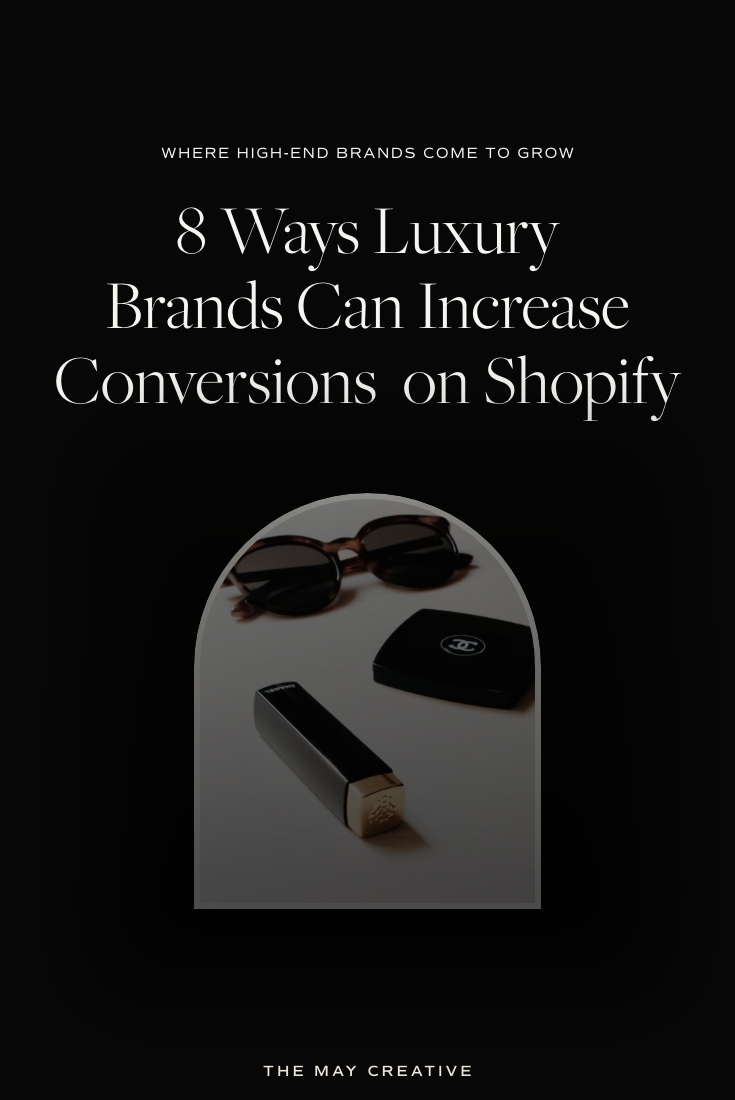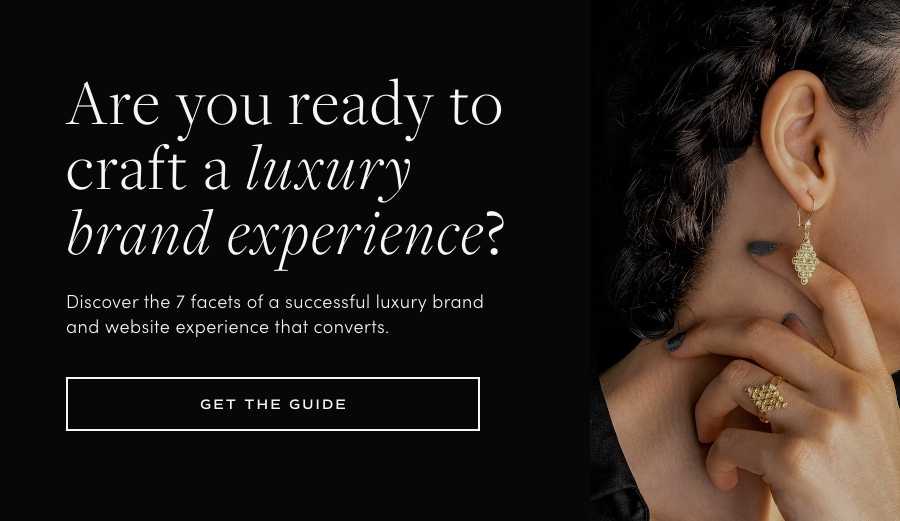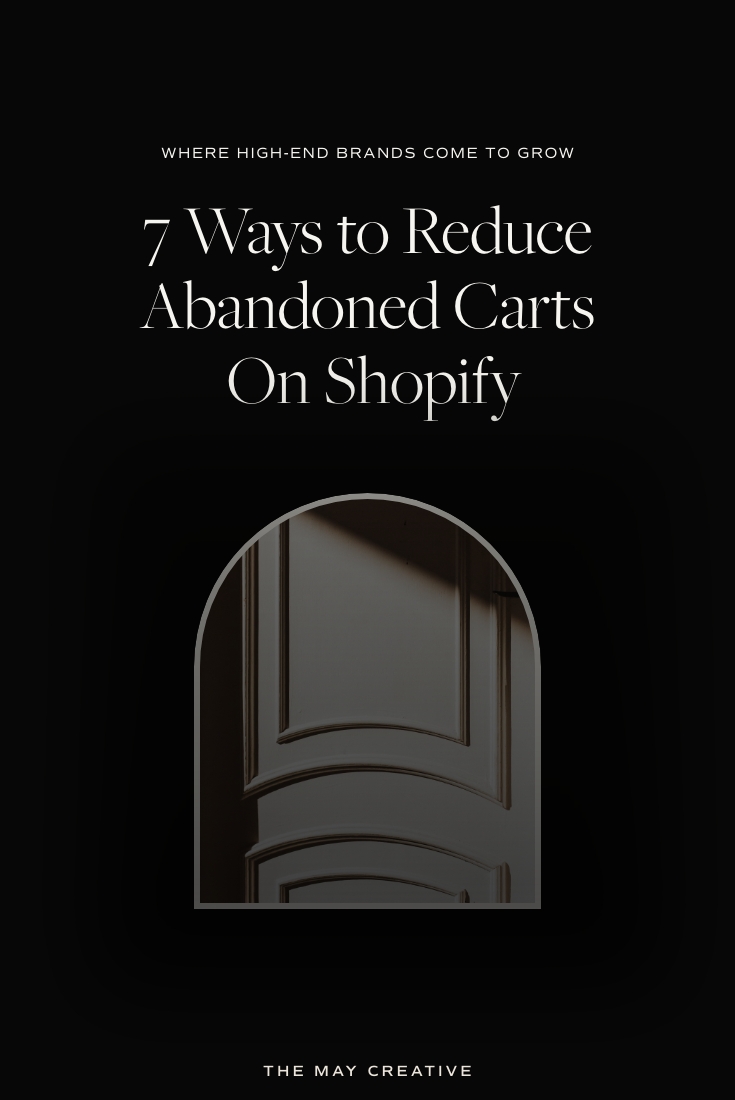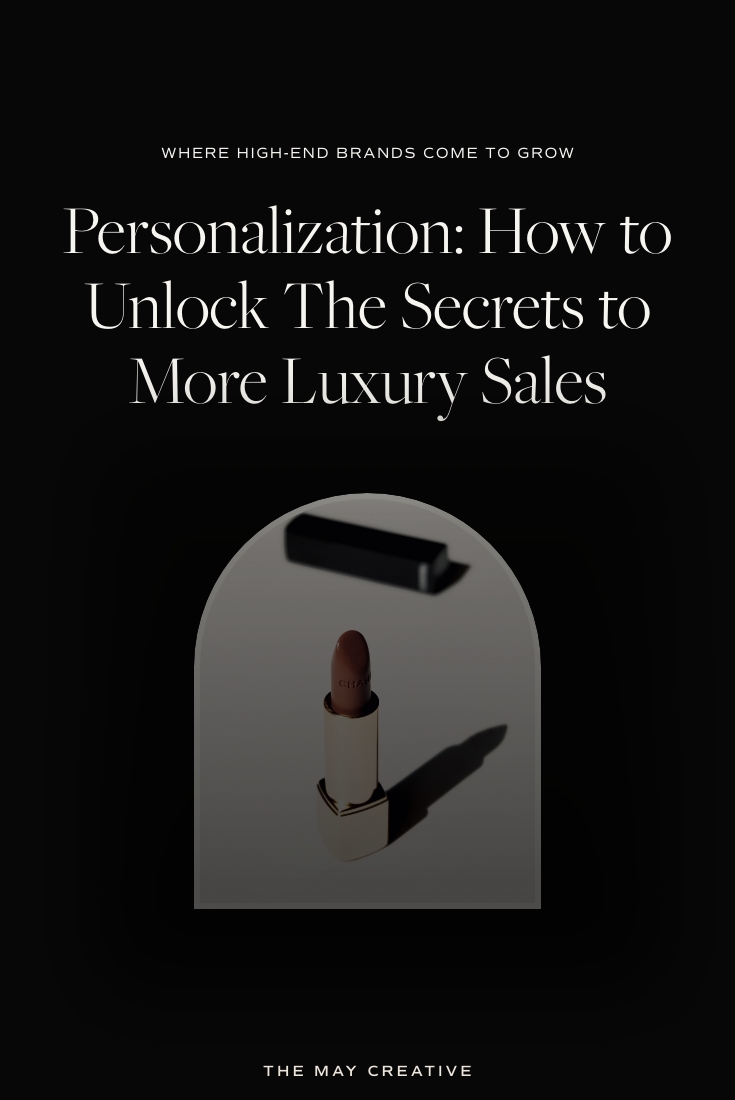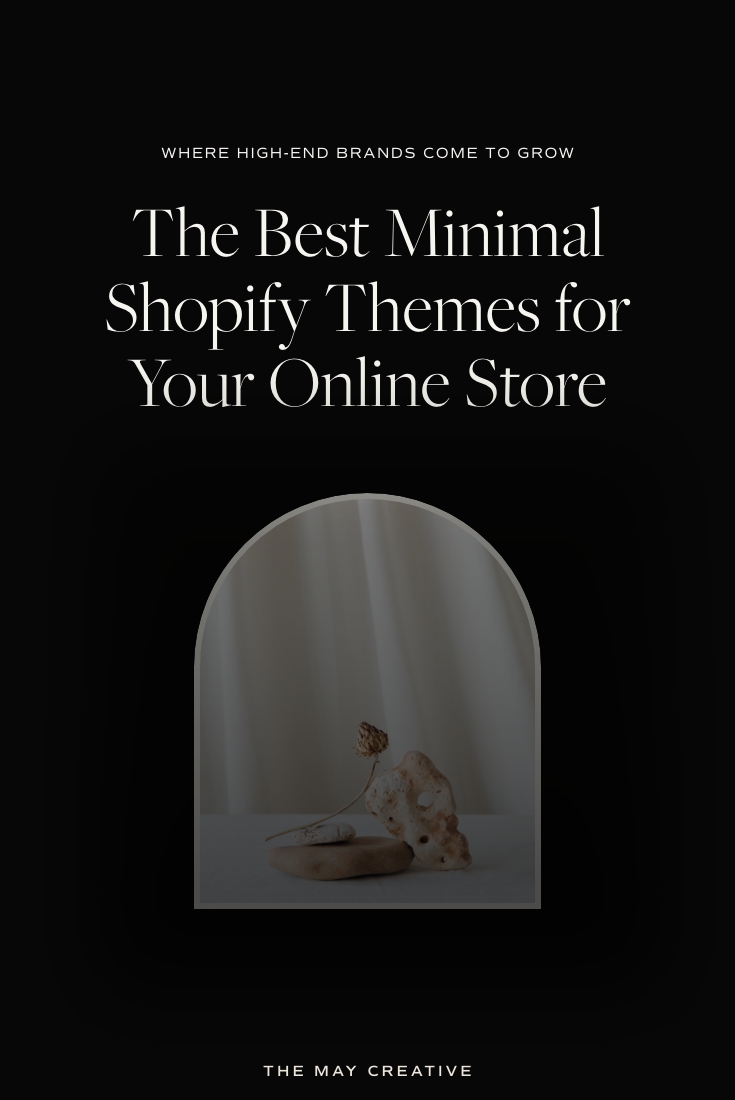Once you have a Shopify website for your work doesn’t stop there.
It’s just the beginning, besides providing great products and an excellent customer experience.
You need to make sure that your Shopify website is actually converting at a healthy rate.
There are many factors that can impact moving someone from a curious lurker to an actual buyer.
Here are 8 ways to increase Shopify conversions for eCommerce brands.
What Is Conversion Rate Optimization or CRO?
Your Shopify website isn’t a set-it-and-forget-it tool for your business. It’s a dynamic asset that you should always be looking at to improve the experience for your customers.
Conversion rate optimization or CRO is the process of optimizing your Shopify website for better sales and customer retention.
According to dynamic yield, the average eCommerce conversion rate is 3.66%. For example, if your store is performing at an average level that means for every 1000 site visits you can anticipate about 36 sales (if sales are your primary conversion focus).
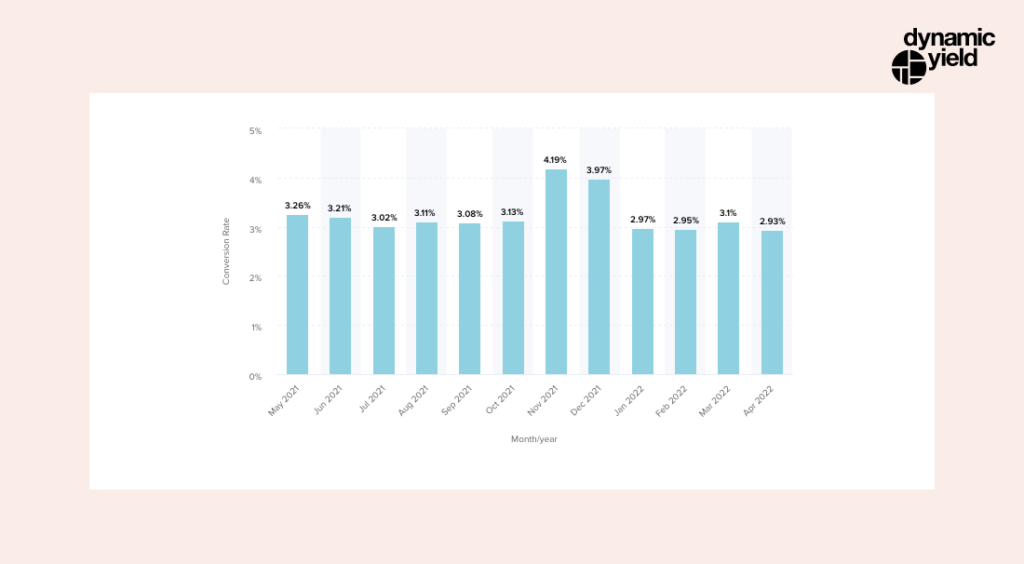
What is a Conversion Rate?
A conversion rate is the percentage of site visitors who are taking an action on your website. That could be making a purchase, signing up for your newsletter, or some other desired result you have for your business.
Let’s explore some of the ways you can increase Shopify conversions for your luxury brand.
Understand the Buying Behaviors Of Luxury Consumers
It’s important to understand the way a luxury consumer makes buying decisions. Because if you miss this step you could be sending messaging that turns them away as customers.
An average consumer may be shopping based on price first. Whereas luxury consumers are focusing on the quality of the products they are interested in. Luxury consumers are evaluating what a product(s) may look like in their life and possibly how they are perceived for having it.
Want more insights into what luxury consumers want before they buy? Listen to episode 37 on my podcast eCommerce Cultivated for more information.
After going through those decisions, they’ll take price into consideration.
Even if the price is higher than they expected it’s not completely off the table but may end up being a purchase for the future. It is also important to have a way to capture their interest when they aren’t ready to buy at the moment. I’ll touch on that a little bit later.
Overall, once you understand why luxury consumers buy you can then optimize your website to better serve their buying behaviors and increase your luxury products sales.
Optimize Your Product Titles & Descriptions
Your product titles and description are a great way to captivate your site’s visitors to your products. Often a miss for eCommerce stores, in general, is writing persuasive information about their products.
It’s important to remember especially if you are purely selling online that your customers are missing out on physically experiencing your products before buying.
Unlike when we shop in a physical store where we can pick up products and examine them. Online stores have to find ways to help our brains connect with their products before purchasing.
Besides having a great design and accurate photos. Words are important in the selling process. Words have the power to trigger our minds’ imagination and tap into our emotional state to actually decide to buy an item.
When writing your product titles and descriptions make them descriptive and engaging. So that your customers start connecting with your products. Also avoid initially just describing product attributes, such as product ingredients.
Unless your customers are fellow scientists that won’t be what initially matters to them. Instead, focus on the benefits and pain points your product solves. Then have a section on your product page that details the ingredients.
Want to improve your product titles and descriptions? Read How to Write Captivating Product Descriptions For Your Luxury Brand.
Utilize Customer Personalization
Part of improving your Shopify conversion rate is to have a method for personalizing your customer’s experience. That could be done through a variety of methods such as providing an omnichannel shopping experience.
What is an Omnichannel Shopping Experience?
Omnichannel shopping is a connected way of shopping where no matter if you are shopping on a desktop, mobile, or in-store your experience, is the same.
A good example of this is the Starbucks app. You can find a location close to you, pay for your order in advance, and pick it up when you arrive. Plus the app can make personalized recommendations based on your previous orders.
Another way you can personalize your customers’ experience is via email marketing. By sending recommended products based on products viewed on your website or purchased. A tool like Klaviyo can make this process easy to master.
Examine How Customers Shop Your Shopify Website
Thanks to technology you can find out how customers are shopping on your website in real time.
Use tools like Hotjar and Lucky Orange to see where customers are navigating your website.
These tools allow you to see where customers are clicking the most on your website. What pages they are naturally gravitating towards and more.
Once you’ve reviewed enough information you can then examine what are some potential roadblocks your customers are experiencing.
This will help you to make better design decisions and ensure that you are giving your customers the information they need to take more action on your website.
Leverage Customer Reviews
Customer reviews are a powerful way to help people make a final buying decision. Especially when your customers are expected to use a product with some sort of end result. For example, for a beauty or health item, other customers want to read about real experiences.
As one of your customer reviews may be more relatable to them. For example, if you sell a skincare item and your potential customer wants to know if it is good for those with oily skin.
Having a customer review where they are indicating they have oily skin and their experience with your product can be the information they need to help them make a purchase.
Be sure that when you are displaying customer reviews they can be easily found and are easy to read. Try to make sure they aren’t hidden where a customer is not going to naturally look.
Simplify Your Checkout Process
The checkout process should be seamless for your customers. Instead of asking all the questions, ask for only the necessary information to make the sale.
You can always ask for further details if they choose to opt-in to your newsletter.
At the checkout stage just focus on the end result and make it easy to finish the process. One way to do this is to allow for guest checkout. Guest checkout won’t require your customers to sign up for an account before buying.
Instead, they will just supply the necessary information to finish their purchase and be on their way.
Use Email Marketing to Re-engage Abandoned Carts
Just because someone makes it to the checkout page of your online store doesn’t mean they will complete their transaction.
Due to a variety of reasons they could abandon their cart.
Abandoned carts can happen for a variety of reasons.
- The customer became distracted. Maybe their child or someone interrupted their journey.
- They wanted to know the total costs (with shipping & taxes).
- Your processing and delivery times take too long.
But all is not lost, instead of losing that potential sale. You can set up an abandoned cart email that goes out to that person to re-engage them in the sale.
Tools like Klaviyo make this really easy to set up and you can incentivize your potential customers to buy what was in their cart.
Optimizing your luxury brands Klaviyo account is one of the ways I help clients build solid relationships with their customers.
Ultimately, there are several ways you can increase Shopify conversions for your luxury brand. It is an ongoing process of refinements as your business grows and the needs of your customers shift.
Periodically, if you don’t have a partner for optimizing your website. Check to see how well your online store is performing and then examine your goals alongside your results. Then find any gaps and make a plan for how you will address any of those concerns.
